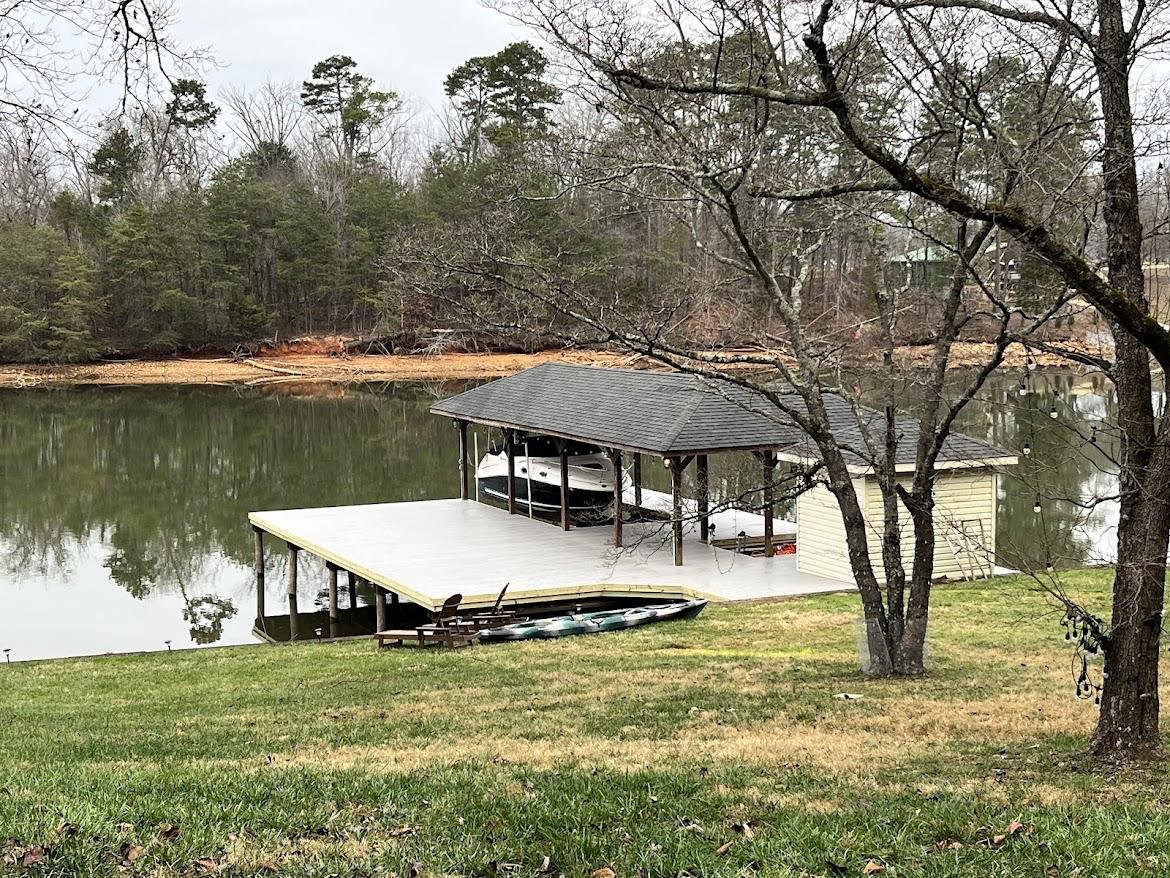Expert Insights on Durable Dock Repairs Solutions
Expert Insights on Durable Dock Repairs Solutions
Blog Article
Effective Dock Repair Service Techniques: Making Sure Structural Integrity
Ensuring the architectural honesty of anchors via reliable fixing strategies is extremely important for the long life and safety and security of aquatic centers. This includes a multi-faceted technique starting with extensive evaluations making use of innovative innovations like sonar equipment and remotely ran lorries (ROVs) to identify both noticeable and concealed damages. Subsequently, picking the appropriate fixing products, such as composite materials and corrosion-resistant alloys, is essential for sturdiness. Structural support approaches, consisting of the application of cross-bracing systems and load-distribution plates, play a vital role in mitigating stress and anxiety factors. Nevertheless, the significance of these strategies ends up being apparent when discovering innovative repair service techniques and preventative maintenance approaches.
Analyzing Dock Damages
Examining dock damage is an essential first step in ensuring the structural honesty and safety of any type of docking center. Trick facets to check out include the dock's foundation, pilings, decking, and hardware (Dock Repairs).
Structural engineers or qualified examiners normally execute these assessments using specialized tools and strategies. As an example, underwater inspections could use finder tools or from another location ran lorries (ROVs) to discover submerged damage. Above water, visual inspections are complemented by utilizing wetness meters and various other analysis devices to uncover underlying issues not promptly noticeable to the naked eye.

Finding Repair Work Products
Selecting the proper repair work materials is a crucial action in the dock repair procedure, one that directly affects the long life and efficiency of the fixed framework. Product choice have to be driven by factors such as ecological conditions, load-bearing demands, and compatibility with existing dock parts.
In addition to wood, composite products are progressively popular as a result of their longevity and reduced maintenance needs. Composites, typically made from a mix of plastic and wood fibers, supply exceptional resistance to rot, insects, and UV damages. For metal anchors, choosing corrosion-resistant alloys such as galvanized steel or marine-grade light weight aluminum is vital to prevent corrosion and ensure architectural integrity in saline water problems.
Epoxy resins and marine-grade sealers are indispensable for fixing splits and sealing joints, supplying a water-proof barrier and improving the dock's total strength. By diligently selecting high-grade materials, dock repair work can attain long-lasting results, therefore safeguarding against future destruction and guaranteeing risk-free, reliable use.
Architectural Support Methods
Reliable architectural reinforcement methods are essential in guaranteeing the security and longevity of dock repair services. One basic method includes the usage of steel or composite support bars (rebar) within concrete structures. Rebar offers added tensile strength, stopping fractures and dispersing loads a lot more equally. This method is specifically effective for anchors exposed to heavy lots or severe ecological conditions.
Another vital method is the application of fiber-reinforced polymers (FRP) These products supply high strength-to-weight proportions and excellent resistance to corrosion, making them perfect for strengthening wooden or concrete anchors. FRP can be applied in strips or sheets and bound with epoxy resins to enhance structural stability.
Bracing and anchoring systems also play a vital function in structural reinforcement. Cross-bracing, using metal or wooden light beams, can combat side pressures, decreasing swaying and motion. Securing systems, such as helical piers or driven heaps, supply a stable foundation by moving loads to deeper, extra steady dirt layers.
Last but not least, the integration of load-distribution plates can assist distribute weight much get redirected here more uniformly across the dock's surface, minimizing localized stress and anxiety points. These strategies collectively make certain that docks continue to be safe and durable, with the ability of holding up against the rigors of their functional setting.
Advanced Repair Work Approaches

An additional advanced technique includes underwater welding, which enables for repairs to be carried out without the requirement to dewater the area. This technique is especially beneficial for attending to architectural problems in submerged dock elements, guaranteeing minimal disruption to operations. Enhanced welding strategies, paired with robot systems, provide precision and dependability, thus extending the lifespan of the dock.
Additionally, cathodic defense systems are applied to avoid deterioration in metal dock structures. By using sacrificial anodes or impressed existing systems, these strategies successfully reduce the electrochemical processes that lead to material damage.
Last but not least, progressed tracking innovations, such as structural wellness surveillance (SHM) systems, supply real-time data on the problem of dock frameworks. These systems enable aggressive upkeep and why not look here timely interventions, ultimately ensuring the lasting architectural integrity of the dock.
Upkeep and Avoidance
Maintenance and prevention are basic principles that underpin the durability and safety and security of dock frameworks. Routine evaluations are paramount, enabling very early detection of damage, possible weaknesses, and environmental influences. A positive strategy, entailing routine checks for deterioration, rot, and architectural shifts, minimizes costly fixings and extends the dock's functional life.
Safety nets need to include using protective layers to steel components to defend against rust and making use of treated timber to resist degeneration. Furthermore, making certain proper drain and air flow can prevent water buildup, which is a common root cause of architectural deterioration. Including quality products and sticking to producer standards during building and fixing phases additionally play important roles in improving durability.

Training personnel in dock upkeep ideal techniques makes sure constant application of safety nets. Leveraging technological advances, such as drones for inspections and sensors for real-time surveillance, can additionally improve maintenance initiatives. By focusing on maintenance and avoidance, dock proprietors can make sure structural honesty, functional security, and affordable management over the dock's life-span.
Final Thought
To conclude, maintaining the architectural integrity you could try these out of aquatic facilities necessitates thorough dock repair service techniques. Detailed assessments using innovative tools reveal both noticeable and concealed problems, while the selection of ideal repair service materials improves sturdiness. Implementing architectural reinforcement techniques addresses stress factors effectively. Advanced repair service techniques, combined with regular upkeep practices, ensure the dock stays safe and operational under varied ecological conditions. Embracing these strategies dramatically extends the lifespan and performance of aquatic facilities.
Guaranteeing the structural honesty of anchors through efficient fixing techniques is critical for the long life and safety and security of marine facilities.Selecting the proper fixing products is a crucial action in the dock remediation procedure, one that straight affects the long life and efficiency of the fixed structure.Efficient architectural reinforcement methods are critical in ensuring the stability and long life of dock repairs. By prioritizing maintenance and prevention, dock owners can guarantee structural stability, operational security, and affordable administration over the dock's lifespan.
In conclusion, maintaining the structural honesty of aquatic centers demands detailed dock repair service methods.
Report this page